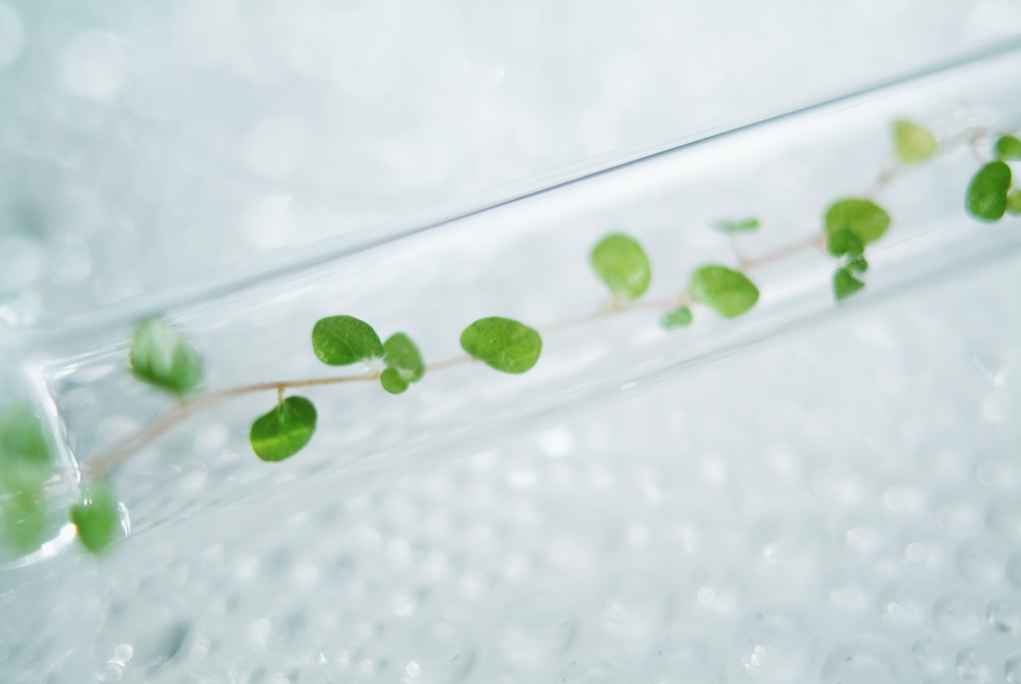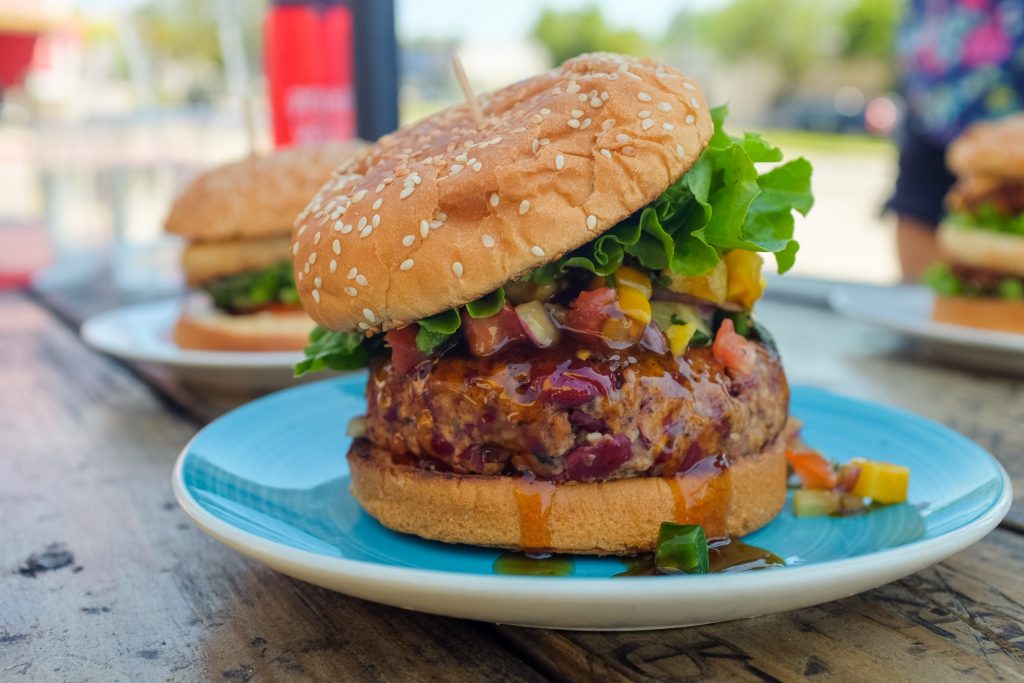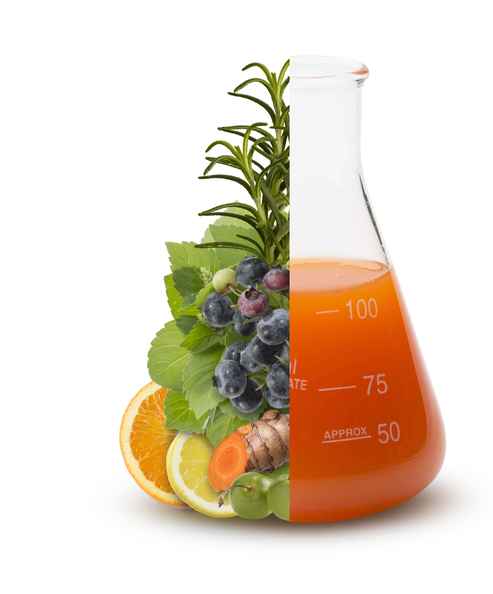
Food trends come and go. In the 1950s, I remember TV dinners were all the rage with their promise of convenience and efficiency. In the ‘60s, Julia Childs tempted us into the kitchen with French cuisine made simple enough for anyone to prepare. In the ‘70s, Alice Walters made dining out healthier with her crusade for California cuisine and its organic, locally sourced foods. In the ‘80s, Carlo Petrini challenged fast food with his slow food movement. On it goes with each decade bringing a new twist on how we look at the foods we eat. As we approach 2020 and look to the future, how we look at food is more important than ever.
Feeding the future requires more plant-based foods
As the global population catapults to an estimated 10 billion people by 2050, we will have more mouths to feed. A lot more. Couple this with rising temperatures that decrease plant biodiversity, sap a plant’s nutrient content and reduce available arable land, and it’s clear we need a smart solution.
I believe it starts with plant-based foods. Why? Quite simply, animal-based foods leave a greater carbon footprint on our planet. It’s no small difference. For example, the average greenhouse gas impact of getting protein from beef is reported to be 43 times higher than getting the same amount of protein from legumes.
The good news is we are already seeing a trend toward more plant-based foods that goes well beyond the bland vegan choices of yesteryear.
Today, we have mouth-watering grain-based burgers dripping with blood-like juices, “chicken” nuggets without chicken, and “fish” burgers without fish. Each can go head-to-head with their animal counterpart for flavor, texture and sensory appeal.
Whether these foods are healthier alternatives remains to be determined, but they do appear to have a smaller impact on the environment. One study estimated that a pea-protein type burger (Beyond Burger™) has just one-tenth the climate impact of a beef burger.

Growing meat in the lab
Lab-grown meats can help meet the protein demands of a growing population, and food inventors are eagerly exploring this technology. Essentially, cell biopsies taken from animals are grown under laboratory conditions to produce meat tissue. For example, an Australian-based food company has developed the world’s first lab-grown kangaroo meat. We may very well see more of these kinds of ventures in the near future.
Serving up insects
Insects such as crickets have also entered the protein market. In fact, more than 1,900 edible insect species exist, hundreds of which are already a diet staple of people in many countries. This option is high in protein, fiber and minerals, yet produces just a small fraction of greenhouse gases as beef and dairy production.
Smarter agriculture
I predict we will also see new types of perennial grains such as the Kernza® grain, which have deep root systems to keep soil covered and in place, preventing erosion and reducing runoff. Plus, there is no need to reseed or replant each year, so farmers don’t need annual plowing or herbicide applications.
As arable land becomes scarce, I expect we will also see more vertical farms in urban areas growing fruits and vegetables without soil and using significantly less water. These types of gardens/plots will become increasingly part of the urban landscape.
Advancing technology
I believe we will see more foods that have been engineered using gene-editing tools like CRISPR. I’m not talking about bizarre Frankenfoods, but rather foods such as stable crops and even heirloom fruits and vegetables that use this type of technology to adapt to new environmental pressures, become hardier, heat- and drought-tolerant and able to withstand invasive insects. Separately, a quick web search reveals that technology that allows us to “print” a food in our own kitchen is gaining traction.
In the not-so-distant future, I wouldn’t be surprised to see wearable technology that will tell us exactly what our bodies need for optimal performance, create foods just for us and then deliver them to our doorsteps.
My father and his thoughts
In his later years, my father grappled with ways to feed a growing planet. He kept coming back to something he called Nutrimana. It was a concept that went beyond nutritional support. It was an all-inclusive foodstuff that included protein, vitamins and minerals made entirely from natural plant sources. He also had some ideas that I thought were wild at the time that involved using plankton as a way to feed the world. He even developed methods to farm plankton using the natural temperature and pressure difference of the ocean to allow the plankton to rise to the surface for easy gathering. Now, it doesn’t seem so wild.

A win-win for people and the planet
My hope for the future is that people will embrace a flexitarian diet, one that focuses on plant-based food choices, yet also allows for a small amount of animal products.
I also hope technologies to create animal-based foods more sustainably will continue to advance. Above all, I hope foods will be close to nature and kind to the planet.
We have the ability to create a future where foods can meet the demands of a growing population, yet protect the planet. All smart ideas and creative solutions are welcome. What do you think about the future of foods? Feel free to share your comments below.
Cheers,

P.S. Don’t forget you can subscribe to our RSS feed to have blog posts delivered right to your inbox.

Obviously your thought is really protect not only Human and also our planet. Future plant based food market will lead next 100 years growth of our business, it will help all Amway Direct sellers.
Your father was a pioneer and way a head of his time. Glad we have you to keep the work he began growing!